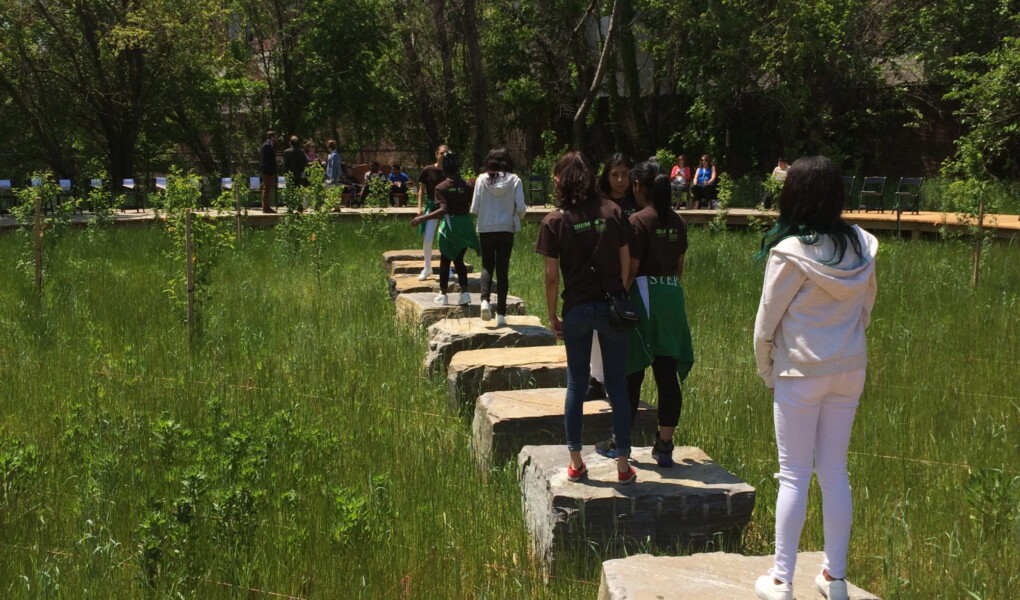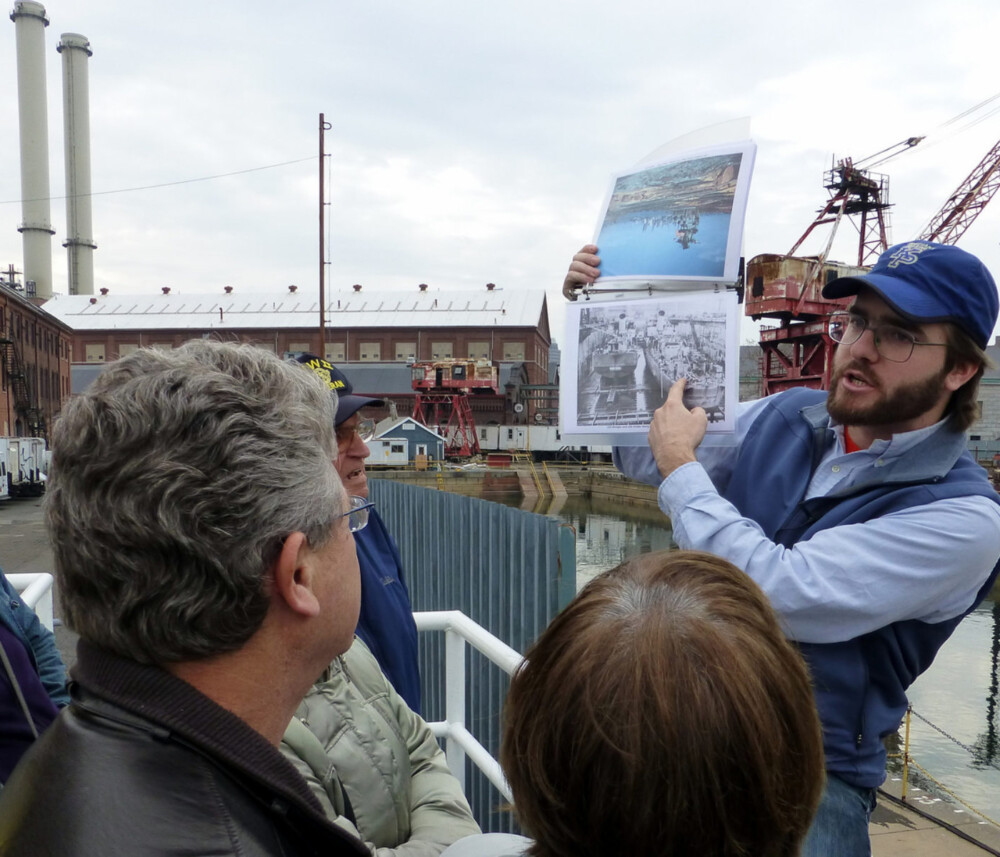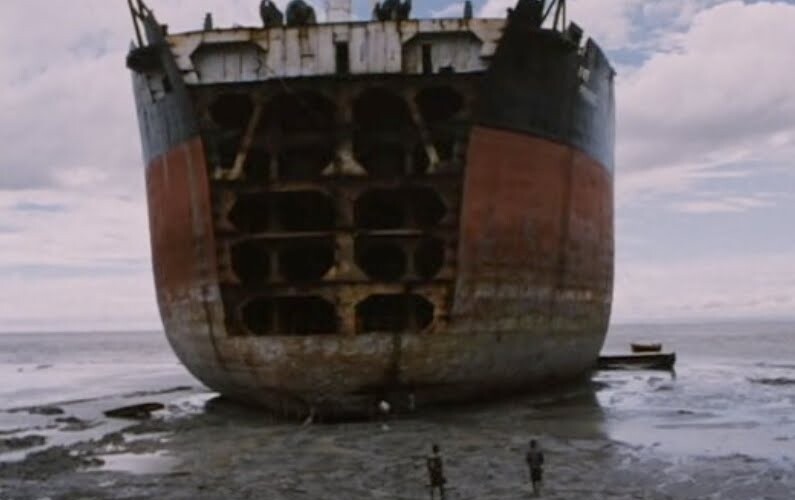Our friends at the Brooklyn Greenway Initiative (BGI) achieved a great milestone Friday when they officially opened the Naval Cemetery Landscape at the Brooklyn Navy Yard.
The beautifully designed 1.7-acre green space is publicly accessible along the Brooklyn Waterfront Greenway, a landscaped bicycle and pedestrian path that, when completed, will run 27 miles from Greenpoint to Jamaica Bay. One of 130 green spaces funded by TKF Foundation’s Open Spaces Sacred Places program, the Naval Cemetery Landscape serves as a remembrance of the site’s rich and poignant history as a once-forgotten military cemetery, while creating a new and vibrant ecological sanctuary where we can all take a moment to escape urban clutter and reflect in nature.
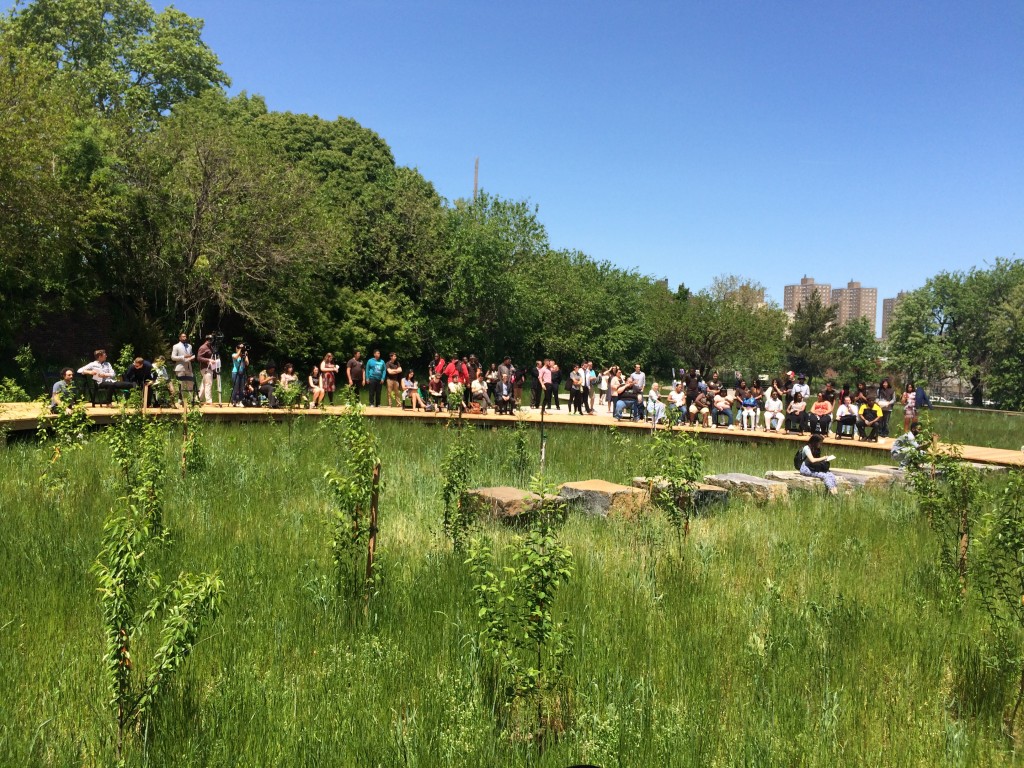
The Landscape is now a highlight of our Urban Ecology Tour at the Brooklyn Navy Yard, which explores the native and non-native plants growing in the Navy Yard, and visits other ecological gems, including the Brooklyn Grange rooftop farm and the oyster restoration nursery of the New York Harbor School.
In a city where small neighborhood parks are often characterized by cracked soil, concrete, and neglect, the design of the Naval Cemetery Landscape achieves something very special. Created by Nelson Byrd Woltz Landscape Architects and Marvel Architects, the plan is simple and uplifting: to create a peaceful and meditative environment. The design features a graceful boardwalk, a dense meadow of native plants, and a grove of 25 young black cherry trees. The meadow’s 20,000 plantings, the grove, and 75 additional trees planted on site will mature over the coming decades, forming the heart of the park. Visitors experience it by walking along the wide and comforting boardwalk made from weather-resistant native black locust wood. While a delightful place today, in time, the sight and sound of the nearby interstate will fade, and the landscape will further achieve its goal of becoming a small but significant ecological refuge.
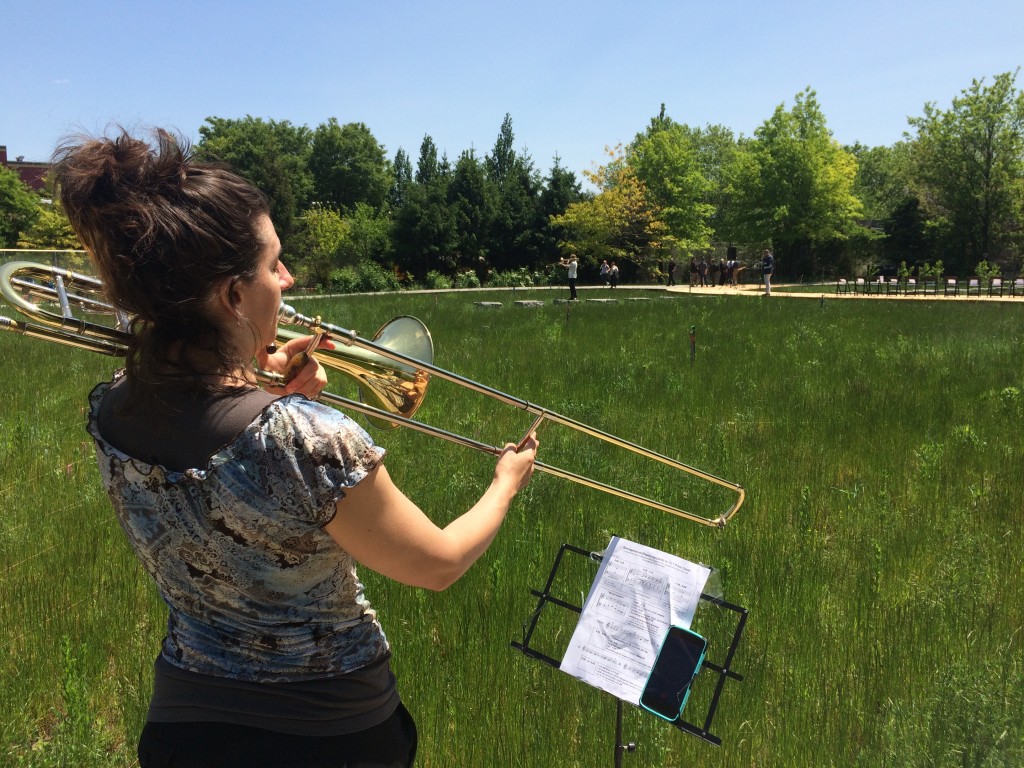
The site also includes an amphitheater for small gatherings, and an arrangement of 16 large stone blocks, which reach into the meadow and cherry grove, encouraging playful engagement and solitary contemplation. While not a direct comment on the landscape’s cemetery history, the large stone blocks invite reflection of the unidentified graves that remain onsite.
Speaking of that history, as we reported last year, this land’s has been fraught. Established in 1831 alongside the landmark Brooklyn Naval Hospital, the cemetery ceased burials in 1910, and in 1926, roughly 900 graves were disinterred and relocated to the Cypress Hills National Cemetery in Brooklyn. Unfortunately, there were more than 1,300 known burials at the time, and subsequent investigations have shown that more than 2,000 people may have been buried there.
When the Brooklyn Navy Yard was decommissioned and sold to New York City in 1966-67, the former Naval Hospital was retained by the federal government and became part of Naval Station New York, which operated until 1990. With the closure of the naval station, the federal and city governments began to prepare for the handover of the property, and extensive archeological and archival investigations were conducted. Not only were the records of the missing burials discovered, but so too were actual human remains of unidentified sailors. Since 2001, when the 24-acre hospital property was transferred to the city along with the cemetery, the city and the Brooklyn Navy Yard Development Corporation have committed to not build on or disturb the site, as remains are believed to still be in the ground.
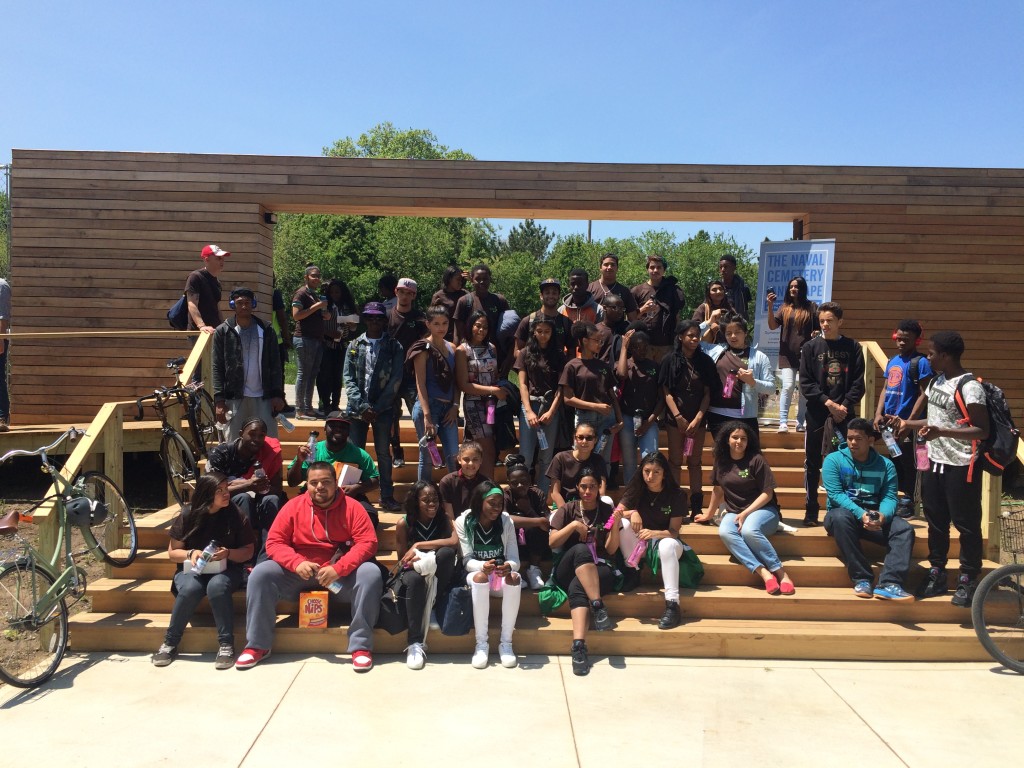
While being respectful to its status as hallowed ground, another key intent of the design as guided by BGI is to become an active ecological “hot spot” and a place for Brooklyn residents to engage with nature. The plant and tree species were chosen for their roles in attracting pollinators like bees, butterflies, moths, and birds, creating a place that is rich in plant life and visibly alive. In addition to this ecological goal, BGI is developing programs with strong community parters to ensure that the memorial park is actively used by the diverse communities that define Brooklyn.
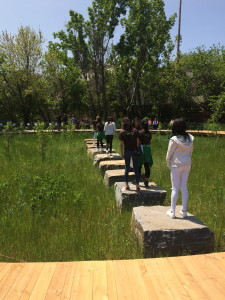
The Green School: An Academy for Environmental Careers based in East Williamsburg is using the landscape to develop a science curriculum and to increase student access to nature. Brooklyn Community Housing & Services, which is dedicated to ending homelessness in Brooklyn by providing transitional housing assistance to community residents in need, is partnering with the Horticultural Society of New York to offer nature-based programs at the Naval Cemetery Landscape. Researchers at Columbia University’s Applied Quantitative Research Methods Program are engaged long-term to work with BGI, Green School, and BCHS to document the experiences of educational and community groups engaged with the Naval Cemetery Landscape.
The entrance to the Naval Cemetery Landscape is located at 63 Williamsburg St W, between Kent Ave and Flushing Ave. The landscape is open to the public during daylight hours, Wednesday through Sunday.

